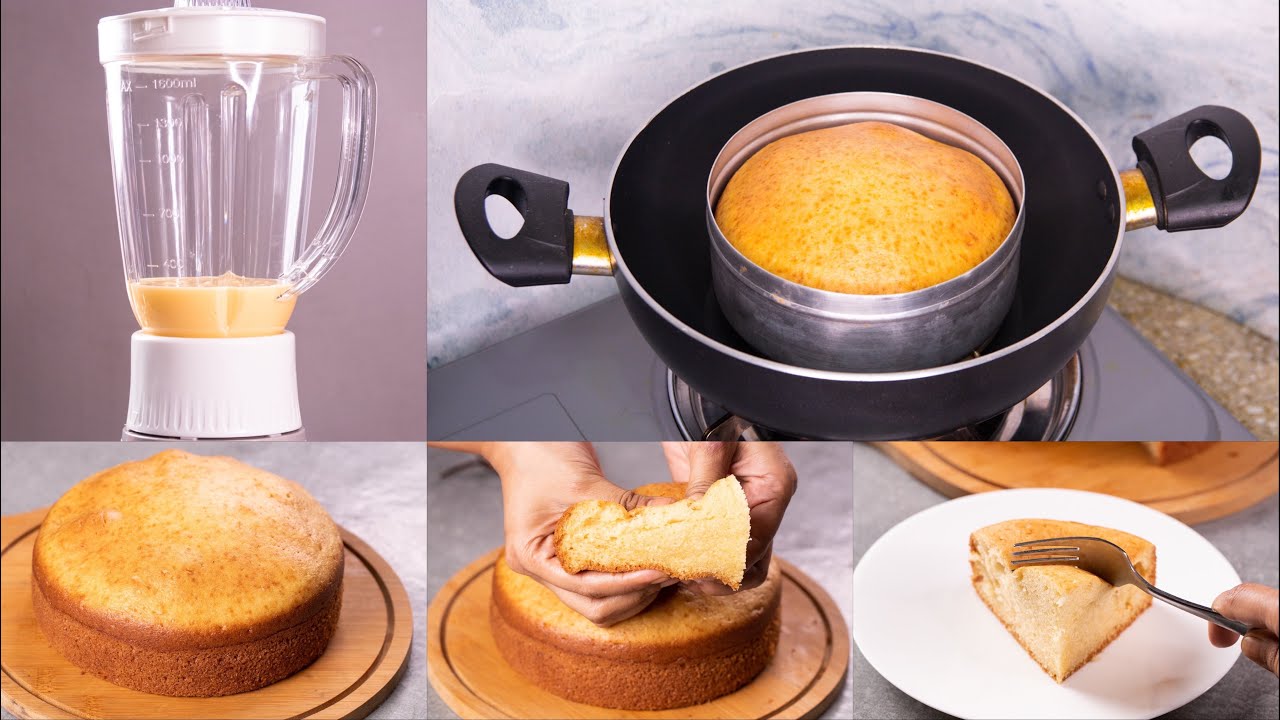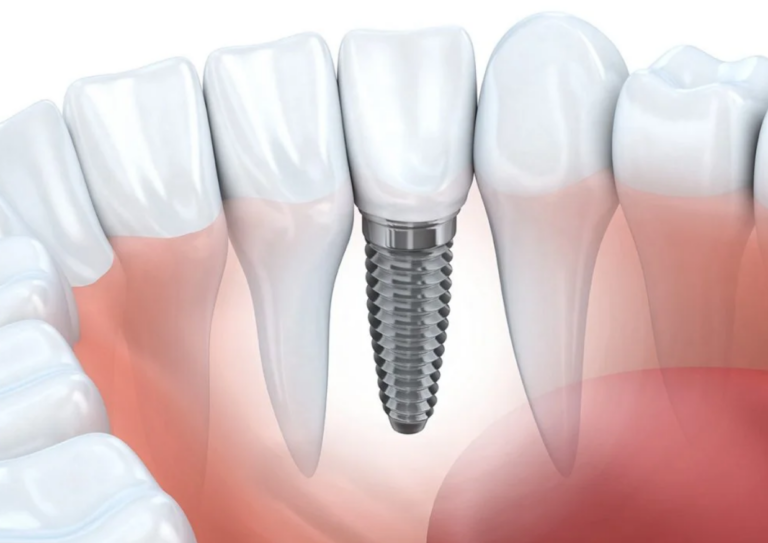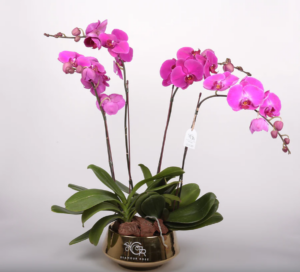Baking a cake is a delightful journey that combines science and artistry. It’s a process where precision and creativity come together to create a delectable masterpiece. While many traditional methods and tools can be employed in cake-making, blenders have emerged as indispensable kitchen appliances that significantly simplify and enhance the process.
The Role of Blenders in Cake Baking
1. Mixing and Incorporating Ingredients:
One of the most fundamental steps in cake baking is mixing ingredients. A blender, equipped with its powerful motor and versatile blades, excels at creating a perfectly blended batter. Here’s how it helps:
Smooth Batters: Blenders ensure that wet and dry ingredients are seamlessly incorporated into a silky-smooth batter. This is especially crucial for cake recipes that require a uniform texture, such as sponge cakes.
Efficient Emulsification: Blenders are adept at emulsifying ingredients like butter and sugar. This creates a homogenous mixture that traps air, resulting in a light and fluffy cake texture.
Even Distribution: Blenders ensure that flavors and additives like extracts, spices, and fruit purees are evenly distributed throughout the batter, enhancing the overall taste and aroma of the cake.
2. Creating Silky Smooth Purees and Fillings:
Blenders play a vital role in preparing fruit purees, coulis, and fillings that elevate the taste and presentation of cakes. Whether you’re making a luscious berry compote or a velvety chocolate ganache, blenders simplify the process:
Perfectly Smooth Fruit Fillings: Blenders are excellent at transforming whole fruits into velvety purees. These purees can be used to infuse flavor and moisture into the cake layers or as fillings between layers.
Effortless Chocolate Ganache: Achieving the right consistency for chocolate ganache is essential. Blenders make it easy to create the perfect, glossy ganache by emulsifying cream and chocolate into a rich, smooth mixture.
3. Innovating with Cake Variations:
Blenders open up a world of possibilities for cake variations and flavors. Here’s how they facilitate experimentation:
Infusing Flavors: Blenders are used to infuse unique flavors into cake batters, such as matcha green tea, lavender, or even roasted nuts. This allows for creative and innovative cake creations.
Nut Butters and Spreads: Homemade nut butters or spreads can be blended with ease. These can serve as fillings, frostings, or toppings for cakes, adding both flavor and texture.
Nutrient-Rich Additions: Incorporating nutrient-rich ingredients like spinach, carrots, or beets into cake batters is made effortless with blenders. These additions not only boost the nutritional value but also impart vibrant colors.
4. Whipping Cream and Frostings:
Achieving the perfect whipped cream or frosting is a breeze with a blender. Blenders create stable, airy, and luscious toppings for cakes:
Whipped Cream: Blenders whip cream rapidly, creating stiff peaks that can be used to garnish cakes, whether you’re going for a classic look or intricate decorative designs.
Cream Cheese Frosting: Blenders ensure that cream cheese frosting is smooth, lump-free, and easy to spread. This versatile frosting complements a wide range of cake flavors.
5. Speeding Up Preparation:
Blenders expedite the cake-making process:
Quick Cake Batter: Blenders simplify the preparation of cake batters, reducing the time and effort required. This is particularly advantageous when you’re pressed for time but still want to enjoy a homemade cake.
Effortless Clean-Up: Many blenders come with dishwasher-safe components, making clean-up a breeze. This convenience adds to the appeal of using blenders in cake baking.
Tips for Using Blenders in Cake Baking
While blenders are invaluable tools in cake baking, here are some tips to ensure you get the best results:
Choose the Right Blender: Invest in a high-quality blender with variable speed settings and a powerful motor. This will enable you to control the consistency of your cake batter, purees, and frostings.
Blend in Stages: When preparing cake batter, blend dry ingredients separately from wet ingredients. Gradually combine them to avoid overmixing, which can lead to a dense cake.
Use the Pulse Function: For delicate tasks like incorporating chocolate chips or nuts into the batter, use the pulse function to avoid over-processing and maintain texture.
Adjust Speed as Needed: Different recipes may require varying speeds. Follow the recipe instructions and adjust the blender’s speed accordingly to achieve the desired consistency.
Prevent Overheating: When blending hot ingredients, be cautious to prevent the blender from overheating. Use a blender with a vented lid or allow hot ingredients to cool slightly before blending.
In the world of cake baking, where precision and creativity intertwine, blenders have emerged as invaluable allies. Their ability to mix, blend, and innovate opens up a myriad of possibilities for cake variations, flavors, and textures. From creating perfectly smooth batters to whipping up luscious toppings, blenders transform the baking experience into a seamless and enjoyable journey. So, whether you’re a seasoned baker or a novice in the kitchen, consider harnessing the blending magic to take your cake creations to the next level, adding a touch of innovation to each slice of sweetness.
















